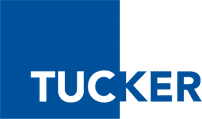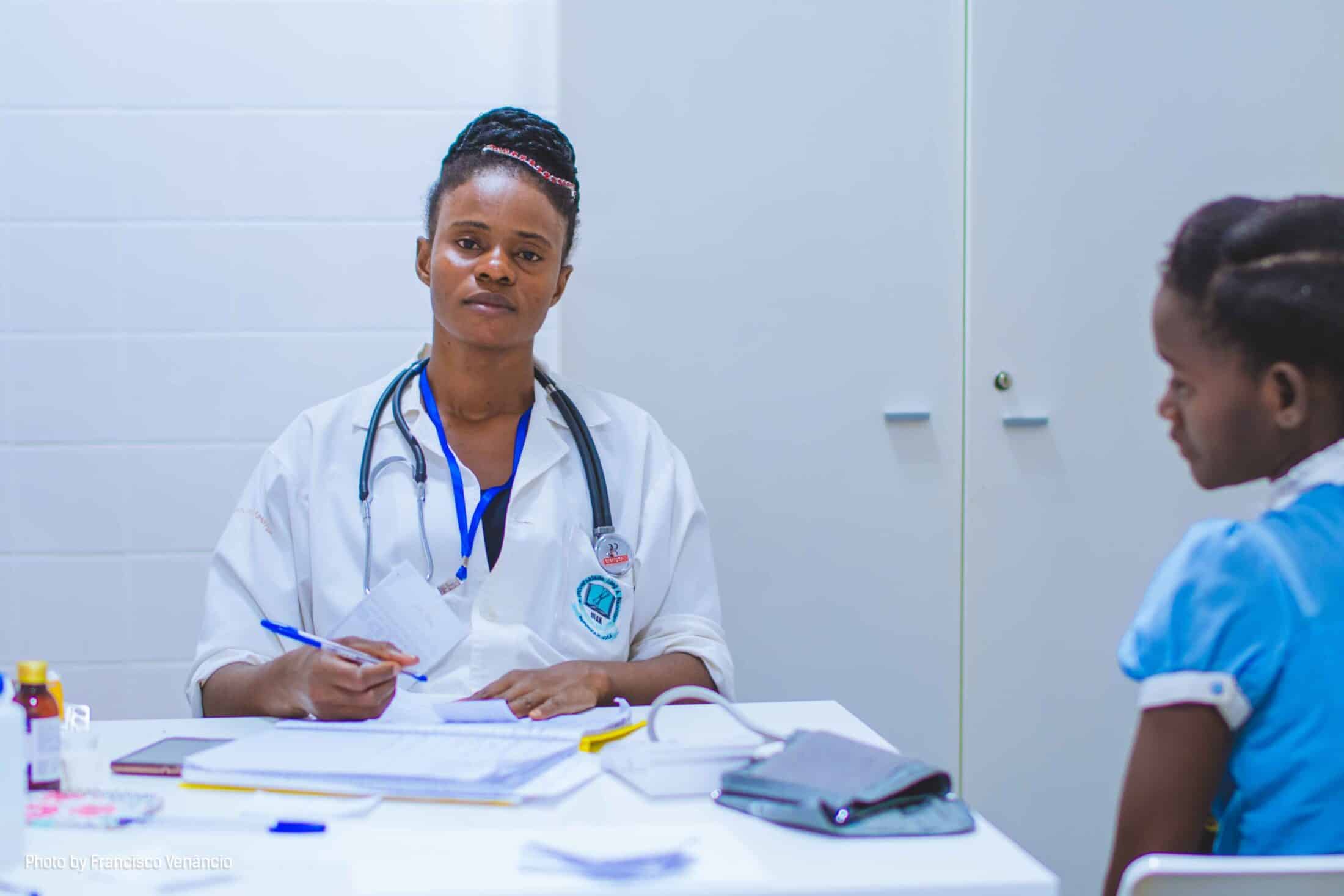Medical students, residents and fellows: Finally, 2020 is winding down and what a year it’s been.
Whether or not tax planning is at the top of your favourite list of topics (and I won’t be offended either way), it’s important to get a handle on what you need to do before year-end, to make sure that you start the new year on the right foot. And it’s a bit more complicated than usual: The many COVID-19 financial incentive programs (plus some extensions to filing and payment deadlines) have led to many question marks for health professionals trying to understand what it means for their 2020 income tax.
Below, we’ve briefly summarized the key, need-to-know points, but keep in mind that we’ll be covering this topic in more depth in a webinar in early December.
What You Need to Do Before The End of December 2020
- Reduce the amount of income tax withheld from your paycheque. Submit a completed TD1 form to your employer before January 1 to reduce the amount of income tax that’s withheld from your paycheques in 2021. Question 5 of this form to enter your estimated 2021 tuition fees (more on tuition fees below).
By submitting this form now, you will have use of your money immediately, rather than having to wait for your income tax refund in 2022. With this extra cash, you can pay down your student loan, invest or save for the future.
- Do you have a large unused balance of tuition credits from prior years? If so, use a T1213 to request a reduction in tax withheld from your 2021 paycheques. Your unused tuition credits from prior years can be utilized now, rather than at the time of filing your 2021 tax return in April, 2022.
Both the TD1 and T1213 forms can be a bit complicated, so if you’re looking for assistance, we are happy to help you complete either or both at no charge.
- If you received the Canada Emergency Relief Benefit (CERB), remember that no income tax was withheld by the government at the time. CERB received will be added to your 2020 taxable income resulting in income tax. In short, the CERB amount you’ve received could either increase the balance you owe OR reduce your refund.
- If you haven’t filed your tax return for this past year, file it! It’s never a good idea to file your tax return late. Some believe that they have a refund so it doesn’t matter if they delay filing. But failing to file a tax return on time can result in penalties and interest which can double with repeated late filings. Plus, if income is sufficiently low to qualify for refundable credits such as GST, these payments won’t be processed if you don’t file your return. So, file on time. Changes following filing are permitted, if necessary.
That said, completing your tax return is not as simple as filling in a form to get money back. As your taxes get more and more complicated, it can be a costly mistake to prepare your return on your own. If you’d like assistance in catching up on past unfiled returns, please reach out directly to us for a free consultation.
How to Start 2021 Off on the Right Foot
This is not intended to alarm you, but your future income level as a physician will trigger annual income taxes in excess of your current income level. I know that’s hard to believe. It’s for this reason that we advise clients to keep track of this year’s expenses to claim against future professional income subject to tax at the highest marginal tax rates. One simple strategy to help with expenses tracking is to use a single credit card for all purchases, and avoid cash or debit where possible. And, keep all of your receipts!
- Don’t forget to fill out form T2200, Declaration of Conditions of Employment
The T2200 form, completed each year by your employer, permits you to claim expenses incurred by you against 2020 employment income. By reducing your income with employment expenses you will reduce the amount of income tax you will pay for 2020. If you are audited and don’t have an employer-signed T2200 form, the employment expenses you have claimed will be denied, resulting in additional income tax and interest charges.
By the way, only those qualifying employment expenses reported by your employer on form T2200 may be claimed on your personal tax return.
- Know what qualifies as “employment expenses”
Here are a few typical examples for medical residents and fellows:
- Accounting fees
- Allowable motor vehicle expenses
- Food, beverages and entertainment related to employment
- Parking
- Supplies
- Travelling expenses
- Workspace in the home expenses
- Note: if you don’t have employment income, employment expenses can’t be deducted from other sources of income.
While this is a good overview, it’s not always safe to assume you know what an expense is. Consulting an accountant with experience with health professionals is essential to help give context to these year-end tax planning opportunities, in light of your unique situation.
Other expenses you may have:
- CPSO, CMPA, OMA and other membership and license fees
- Moving expenses
- If you moved to attend school or moved from school to work or home, your moving expenses may be deductible.
- Note: Make sure 2020 moves are supported by receipts dated in 2020 as you may be asked for these to support moving expense deductions.
- Understand the tax credits available to you
Some tax credits you may have as a resident or medical student could include:
- Interest paid on your student loans
- Some conditions restrict the deduction of interest paid, for example, interest on a line of credit will not meet the criteria for this tax credit.
- Canada training credit
- Starting in 2020, eligible individuals aged 25-65 who are enrolled at eligible educational institutions can claim this new federal refundable tax credit on tuition and fees associated with training.
- “Tuition, education and textbook amounts” tax credits includes payments for;
- University tuition fees paid to accredited Canadian and foreign universities
- Professional and entrance exams also qualify.
- As do ancillary costs related to professional exams.
In order to claim these credits, a completed T2202 (or TL11A form for foreign university tuition paid) will be needed.
For foreign universities, medical students will need to request the university to prepare and sign this form. The CRA has created a guide– RC190— to provide foreign educational institutes with information on completing this form.
Unused tuition, education and textbook tax credits may be carried forward to future taxation years.
If you’re not sure where to find your unused carry forward balance, look at your notice of assessment from last year, which you would have received by mail or on your CRA portal. You will find this information in the Explanation of Changes and Other Important Information section towards the bottom of the assessment notice.
Note: Your Notice of (Re)Assessment is the report that CRA sends to you in acknowledgment of your tax return.
Ways to Minimize Tax while Financing your Medical Education
Some other strategies to minimize tax while financing your medical education are set out below:
- Lifelong Learning Plan
- Consider making a tax-free withdrawal from your RRSP to finance the full-time training or education for yourself. You may withdraw up to $10,000 in a calendar year, and up to $20,000 total. Amounts withdrawn must be repaid to your RRSP to avoid future income inclusions.
- RESP withdrawals
- If you are enrolled as a student in an educational program at a post-secondary educational institution in Canada, consider if it makes sense to request educational assistance payments from your Registered Educational Savings Plan (RESP).
- Note: Consider if it makes sense to withdraw funds from a RESP before the end of 2020. Overall income tax may be reduced by withdrawing funds when your income is low. Why? You can access the income for less tax this year than next year when income (or tax rates, or both) may be higher.
Note: The rules for “registered” accounts (i.e. RRSP’s, RESP’s, TFSA’s) are very technical. So, consult with a tax professional for guidance before making any changes.
What’s Next?
- Medical residents or fellows: Did you know that our firm will complete your Canadian personal tax returns at no charge? Yes, you read that correctly. Reach out directly to me at (905) 601-5659 x101 or by email at [email protected] to ensure that you qualify, and I’ll follow up with the next steps. You can also:
- Get on our mailing list “Tax advice, demystified” and early next year, you’ll receive our updated expense tracking worksheet and our Personal Income TD-1 Checklist for Health Professionals.
- If you received any of the COVID-19 programs for health professionals and are unsure of the tax implications, please reach out directly to me at (905) 601-5659 x101 or by email at [email protected] for a free consultation.
Disclaimer: This material has been prepared for informational purposes only, and is not intended to provide, and should not be relied on for tax or accounting advice. Tax law is subject to continual change, at times on a retroactive basis and may result in incremental taxes, interest or penalties. You should consult with a reputable tax professional before engaging in any transaction.

